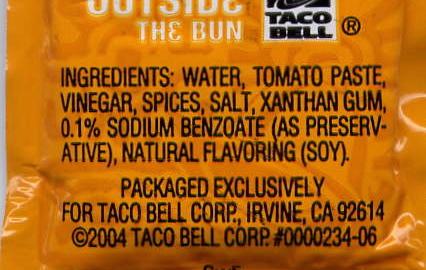I don’t think Bill Nye the Science Guy would consider this a legit, careful, rigorously scientific examination of the topic of food additives:
On the other hand, I think most people involved with marketing and corporate communications would consider that a pretty compelling, easy-to-understand, potentially shareable video that helps Panera get credit for “doing what’s right,” even if it’s just what feels right, not what science would tell us.
On the heels of Chipotle’s no-GMO announcement (which, incidentally, doesn’t include all GMOs in the restaurant), other chains are scrambling to appear virtuously wholesome in their approach to simple, untainted-by-lab-research foods. As predicted.

I can say most of those words confidently, the other ones I could make a reasonable guess at. Does that make scientific terms bad words? Does their merit hinge on my lack of confidence in speaking them? Guess so.
Panera Bread, Noodles & Company, Pizza Hut and Taco Bell all made recent announcements that they’re taking various steps to make their food more healthy-seeming.
Because it matters what people think, not what the facts are. Some of the stuff they’re removing is actually somewhat beneficial. Still, as I point out in Chapter Four of Selling Eating:
People will judge all the evidence you provide—not just the evidence you intend for them to notice.
Unfortunately, people use every single bit of evidence they can collect about you to form a conclusion about your brand, and to decide if they love you. You can’t pick and choose what you want them to consider.
They’ll judge the whole package.
So sit back and watch as the nation’s restaurants have, essentially, a contest to see who can remove the most awful stuff from their food.
